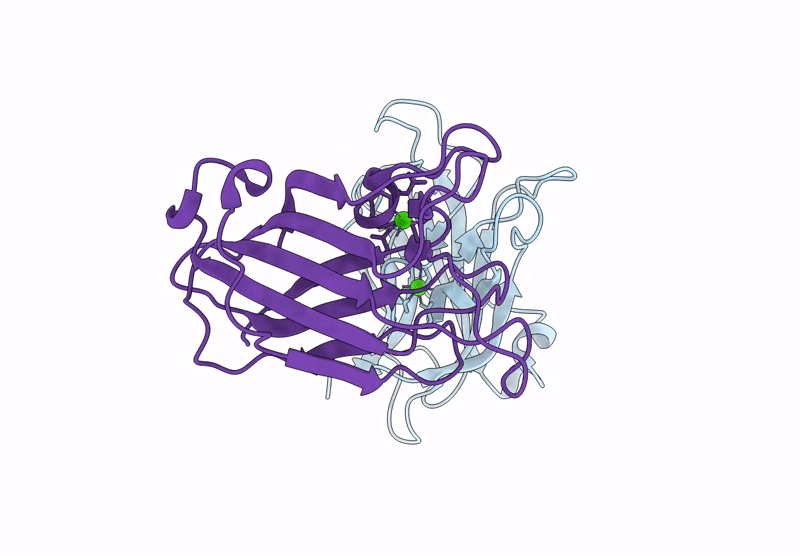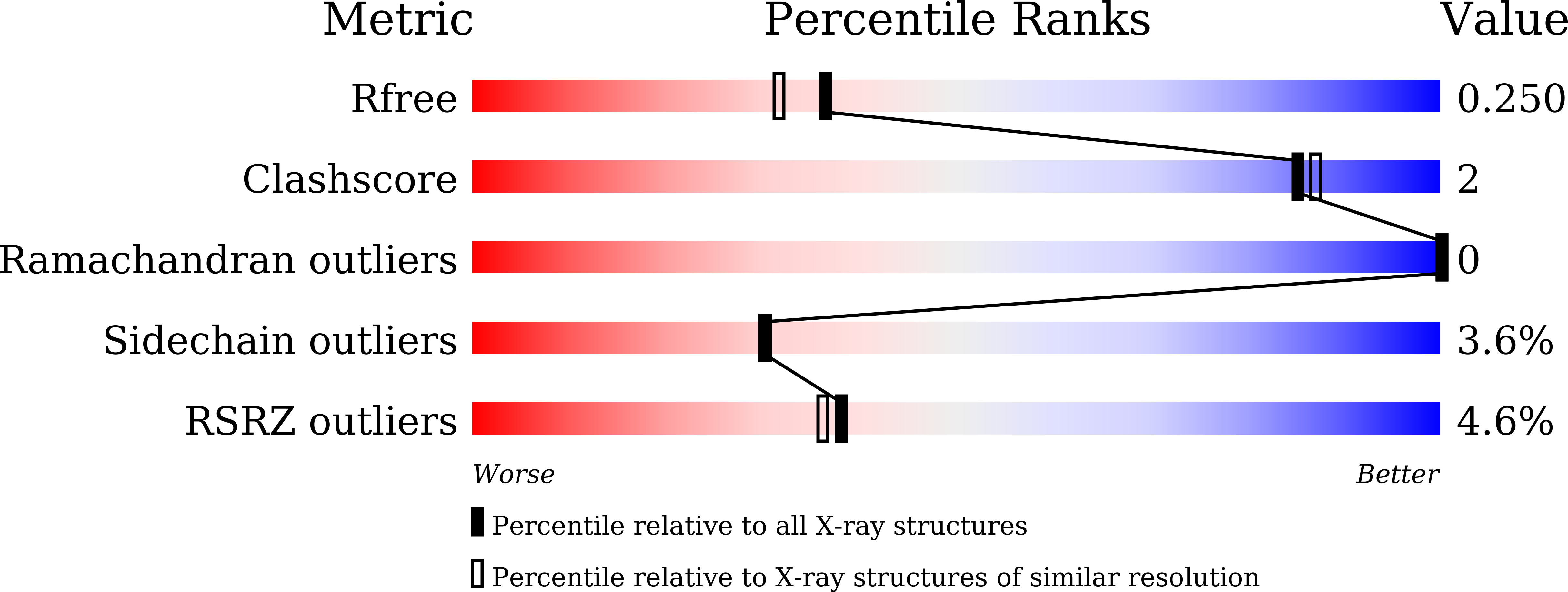
Deposition Date
2025-08-21
Release Date
2025-11-19
Last Version Date
2025-11-19
Entry Detail
PDB ID:
9WFH
Keywords:
Title:
Carbohydrate-binding module 32 of LnbB from Bifidobacterium bifidum, ligand free form, multiple small-wedge data set
Biological Source:
Source Organism:
Bifidobacterium bifidum JCM 1254 (Taxon ID: 398514)
Host Organism:
Method Details:
Experimental Method:
Resolution:
2.00 Å
R-Value Free:
0.24
R-Value Work:
0.22
R-Value Observed:
0.22
Space Group:
P 41 21 2


